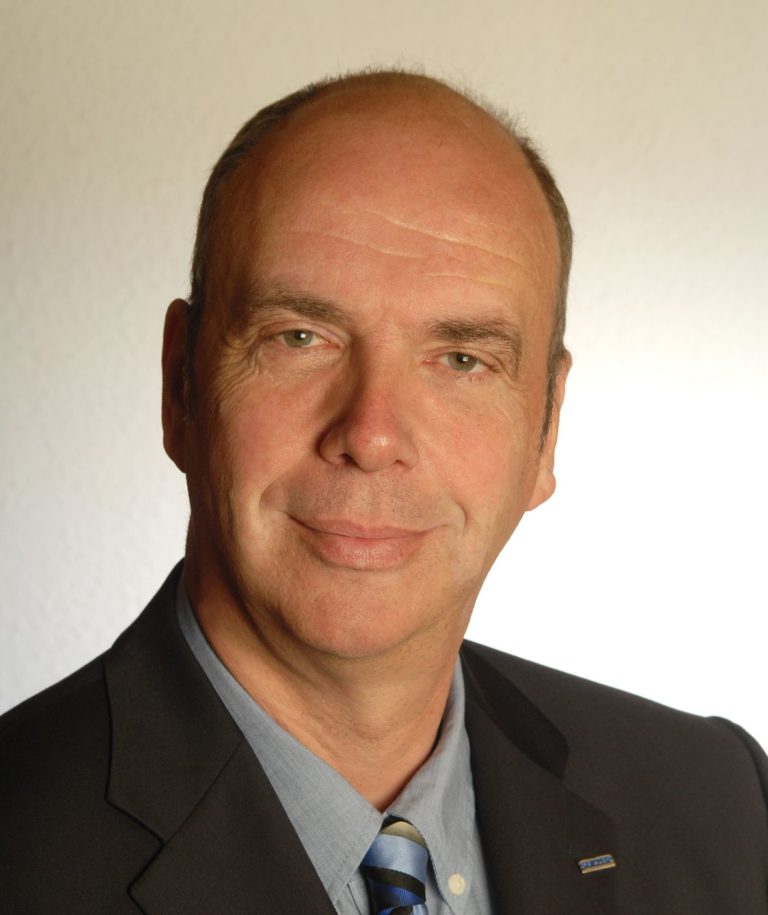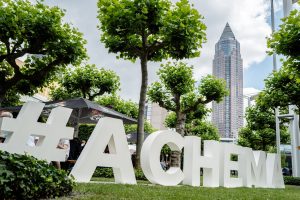Water Pumps and the Europe-wide Opportunity for Huge Energy Savings

Frank Ennenbach, Chairman of the Standards Commission at Europump. (Image source: Europump)
This influential body plays a significant role in helping to create the product and application standards that shape the manufacture, supply and installation of pumps and their related systems. Its Technical, Standards, SME, and Marketing Commissions, engage in a wide range of matters and interface with a host of other trade organisation and institutions around the World.
One such area of activity relates to the European Union’s ongoing revision of the Eco-Design Directive and its Implementing Measures, which are intended to facilitate a notable reduction in the energy used by a broad range of products and equipment, be they for domestic, commercial, or industrial applications.
In essence, Europump, on behalf of its member associations throughout Europe, want to implement the extended product approach (EPA) for water pumps. This would mean, in energy use assessment terms as required by the Directive, that not only should the actual pump be included, but also the associated electric motor and control system, which collectively comprise the entire pumping unit.
Interestingly, and by way of precedence, this approach has already been readily accepted in the case of heating pumps.
Total life cycle cost counts
This proposal would have a huge impact on energy efficiency. After China and the USA, the continent of Europe has the third largest electricity consumption in the world - around 3,300 terawatt hours (TWh) per year. More than 300 TWh of this is accounted for by electric pumps. That is the equivalent to the generated output of 30 large coal-fired power plants.
The Eco-Design Directive aims to improve the environmental impact of energy-intensive products through optimal design. Europump, has determined that water pumps can reduce electricity consumption by 35 TWh from 137 TWh a year. This would make it possible to shut down 4 coal-fired power stations. However, these enormous energy savings can only be achieved if indeed the narrow product approach is abandoned in favour of an extended product approach; with the aggregated savings being considered over the entire life cycle of the product and its related system.
Making the right climate protection decisions
Representations are ongoing, with the pump industry determined to encourage the legislators to move away from the existing product approach that was adopted in 2009 for water pumps.
Frank Ennenbach, Chairman of the Standards Commission at Europump says, “We see a real danger that we will not save the 35 TWh that we could. We will then miss the opportunity to make a major contribution to sustainability and climate protection.” He continued, “We have everything we need. We just need the legislator to make the right decisions.”
In concluding, Europump support the demand of pump manufacturers to move from the ‘narrow’ to the ‘extended’ product approach when assessing the energy efficiency for water pumps.
Source: Europump







